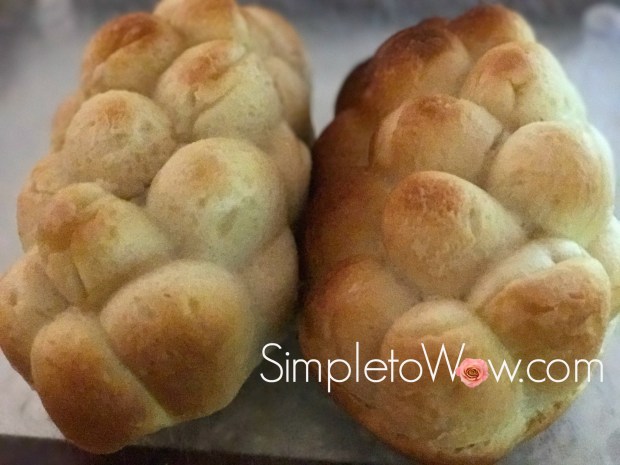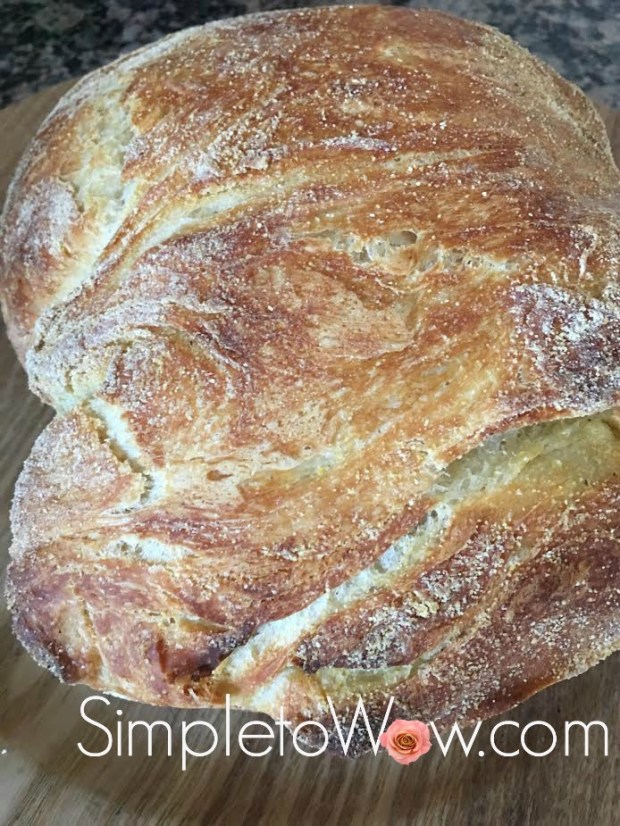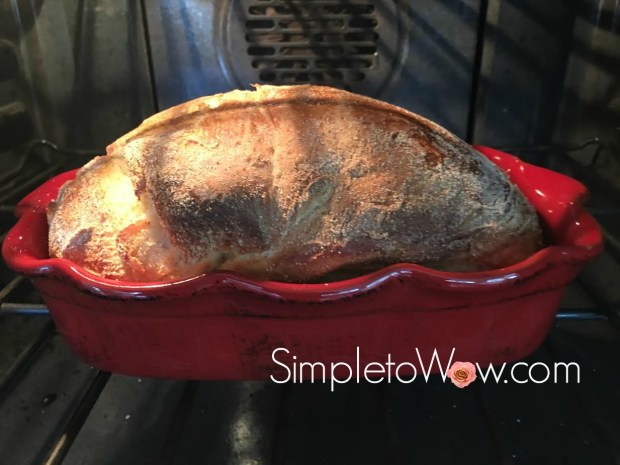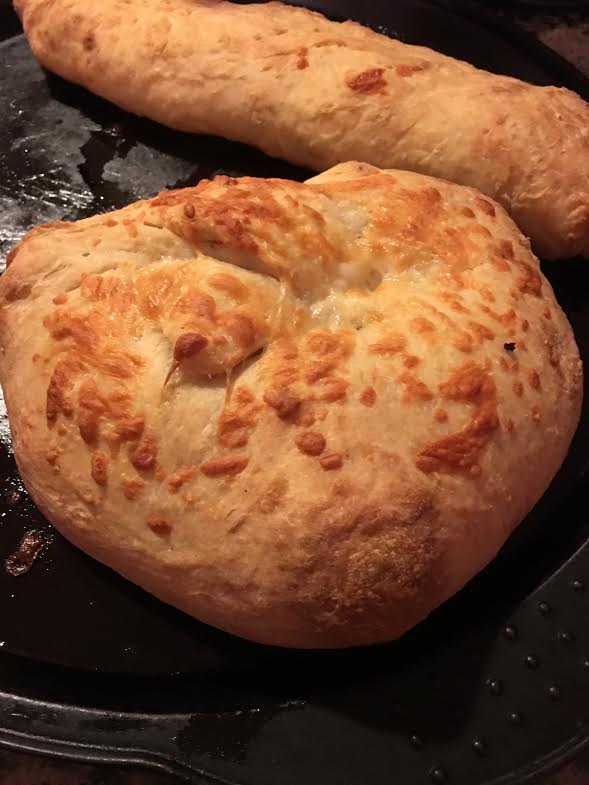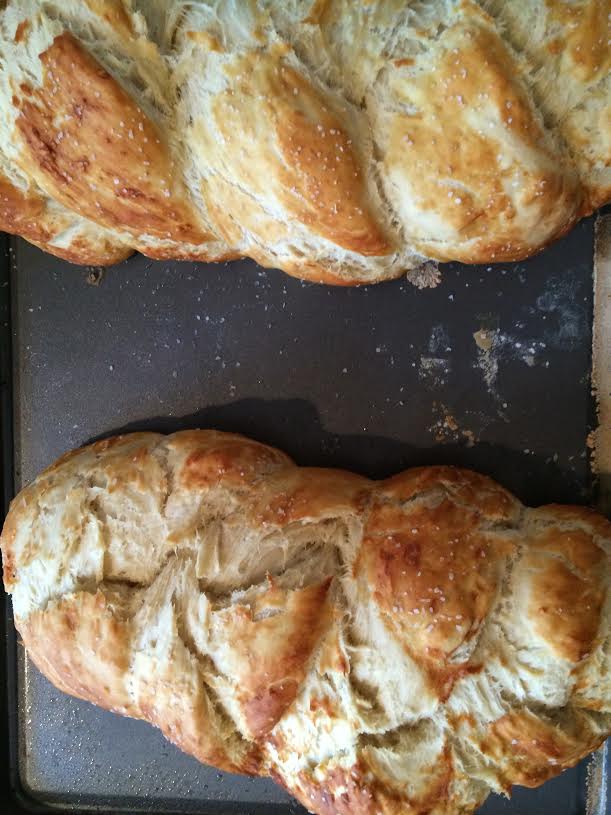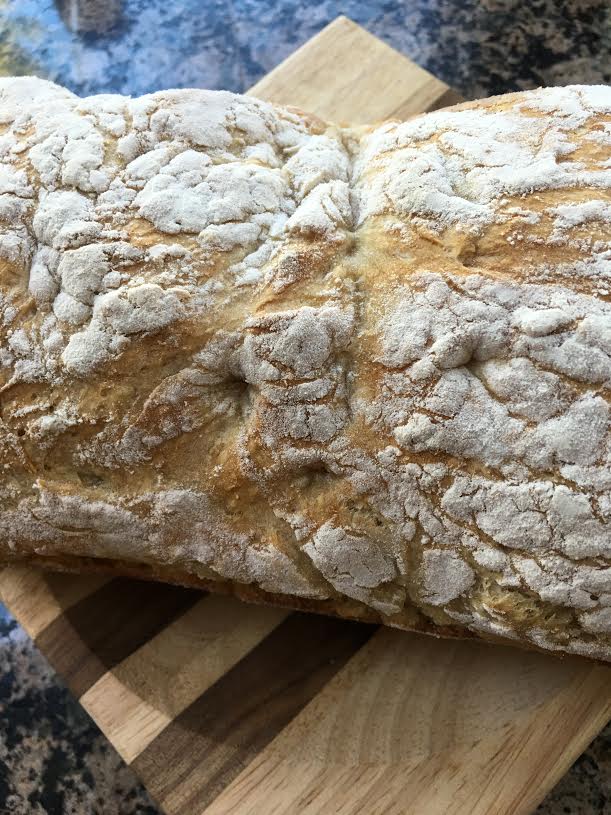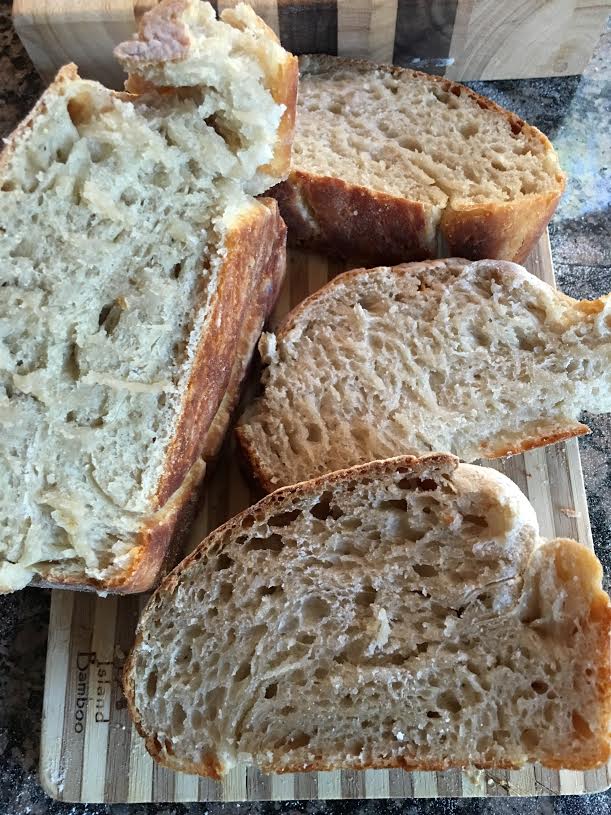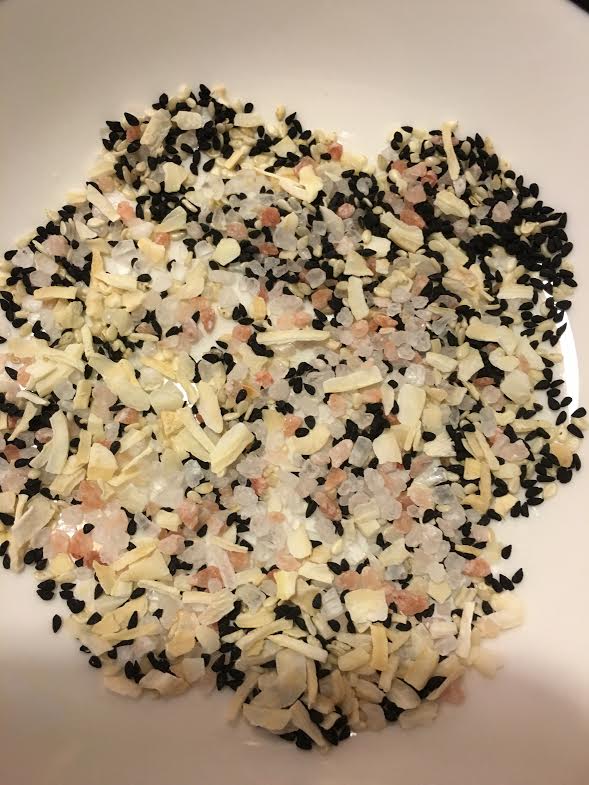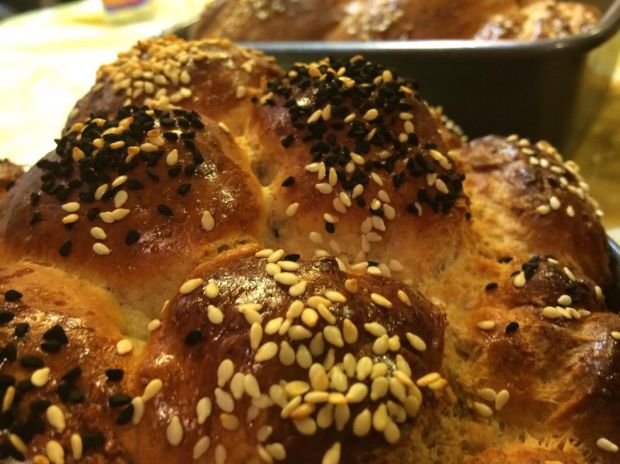
Today’s stormy and snowy weather in the Northeast was already predicted several days ago. The first snow of the season is exciting, especially when it greets us before Thanksgiving. Although Thursdays typically are spent in the car, I sorted out my day to start early and finish in the early afternoon, before the storm was to hit.
I arrived home just as the snow was beginning to accumulate and I headed to the kitchen. My kitchen faces the backyard and as I cook, I can enjoy the snowflakes and the changing landscape. With my head full of new recipe ideas and the snowflakes arriving furiously, I began to cook in the snow.

The idea of a savory pulled beef babka has been consuming me. I had already prepared pulled beef to serve Friday night and I had been mulling over the simplest way to transform some of the pulled beef into a savory babka to serve for Shabbos lunch. One of my favorite shortcuts is to prepare one dish and serve it in a multitude of different ways. Pulled beef is that type of recipe.
I thought long and hard about how to prepare this simply with minimal cleanup. And, I think I nailed it. Because, it really was simple to prepare. And, it was easy to clean up afterward. Best of all, the pulled beef babka was delicious and gorgeous.
Now, let’s see what my fifteen Shabbos guests say!
INGREDIENTS
1 lb. pizza dough or challah dough
1/2 cup barbecue sauce
2 cups thinly shredded Pulled Beef
DIRECTIONS
Preheat oven to 375 degrees.
On a large piece of parchment paper, roll the pizza dough out into the thinnest rectangle that you can.
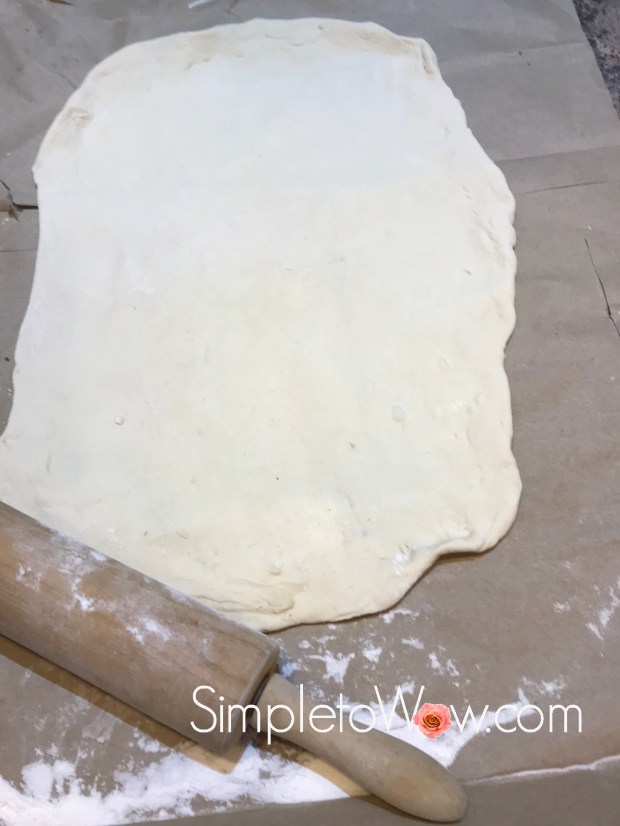
Spread the pulled beef onto the top of the rolled-out dough, leaving up to an inch of dough all around.

Roll the dough jelly-roll style until completely rolled up.
Cut the roll in two lengthwise down the center.
Carefully twist the two jelly roll logs together, trying to keep the twists together as much as possible. If some of the pulled beef protrudes, don’t worry. Those pulled beef pieces on the surface will caramelize during baking and will add extra flavor and texture.
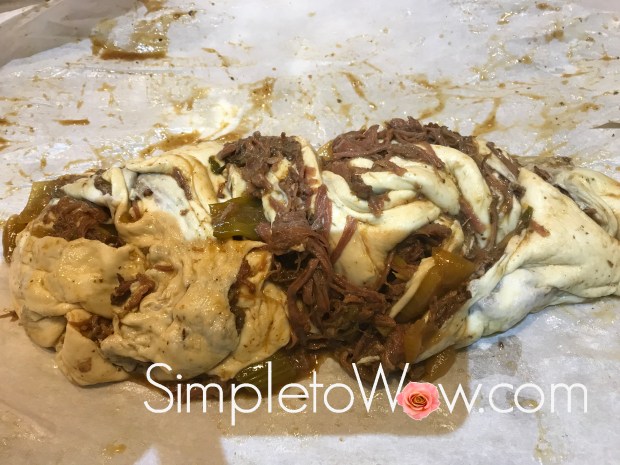
Carefully place the parchment paper into a loaf pan, trimming the edges if necessary. Stick some extra pulled beef and brush extra barbecue sauce on top.
Bake until golden brown, about 40-50 minutes.

Remove from the loaf pan and slice. Serve warm.

TIPS
Prepare a large batch of Pulled Beef and serve the rest over rice or farfel
Tear open a paper bag and work over the inside of the bag. Roll everything up after this messy preparation to save cleaning up loose flour and dough bits.






